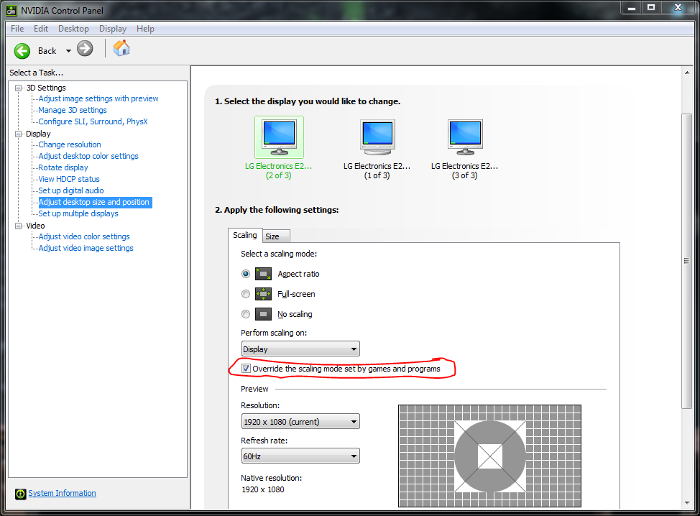
Which in turn introduces the blurriness caused by bilinear upsampling. This is because the high resource demands for 4K+ gaming are difficult for all but NVIDIA’s most powerful GPUs to keep up with (and even then…), which necessitates rendering a game at a sub-native resolution. The more interesting use for the feature, I feel, is in gaming on 4K and 5K monitors, especially with sub-RTX 2080 class GPUs. Simulated Upscaling Zoom: Integer Scaling (Left) vs. NVIDIA has opted to focus their own blog post in talking about using integer scaling for pixel art games, where the pixelated look is very intentional, though these games typically (but not always) do integer scaling on their own to begin with. Neither integer scaling nor bilinear scaling are always the right solution, but depending on the situation, each method can produce better results. Importantly, this mode is very different from traditional bilinear(ish) image scaling, which produces a softer, blurrier image without pixelization. In essence, you end up with a lower resolution image displaying on a higher resolution monitor as if it were a lower resolution monitor. But according to NVIDIA, it behaves as you’d expect it do: doing nearest neighbor scaling of lower-resolution images to an integer multiple of their original resolution, producing a sharp, pixelated image.


NVIDIA CONTROL PANEL SCALING DRIVER
Because the announcement for this driver has gone out in advance of the driver itself – that is due at 9am ET, after this was written – I haven’t had a chance to try the feature. However with those parts not hitting retail until next month, it looks like NVIDIA is technically going to beat Intel to the punch with their release.īundled in the new driver is NVIDIA’s take on integer scaling. This is a feature that gamers have been requesting for quite a number of years now – I’ve been asking for it off and on since early this decade – and the wheels finally began moving a bit earlier this year when Intel casually announced that they’d support the feature for their Gen 11 GPUs, aka Ice Lake. Integer Image Upscaling At LastĪt any rate, let’s start with what I feel is by far the most interesting aspect of today’s announcement, which is integer display scaling support. Which is not to downplay the driver – if anything, it’s the most interesting driver out of NVIDIA in a long while – but it’s definitely laser-focused in certain ways on features that arch-rival AMD has just introduced or otherwise focused on themselves in the last month. In particular is the focus on low latency gaming (Radeon Anti-Lag), shader-based image sharpening (Contrast Adaptive Sharpening), and NVIDIA’s choice of games for performance optimizations (a couple of which are in our 2019 suite). There are several different things going on in NVIDIA’s latest driver, and overall it feels a lot like a reaction to last month’s Radeon launch. The first of the Release 435 family, the 436.02 driver adds and revises several features, including GPU integer scaling, a new sharpening filter for NVIDIA’s freestyling system, a rework of their pre-rendered frame limiter (now called Low Latency Mode), as well as 30-bit color for OpenGL applications, and the usual suite of game fixes and performance improvements. Along with a slew of games announcements (and a Google Stadia event tucked in between), NVIDIA is also using the show to launch an unexpected new GeForce driver.

NVIDIA CONTROL PANEL SCALING FULL
With this year’s Gamescom event now in full swing, the German games show seems to be taking on an ever-larger presence in the worlds of gaming and hardware.


 0 kommentar(er)
0 kommentar(er)
